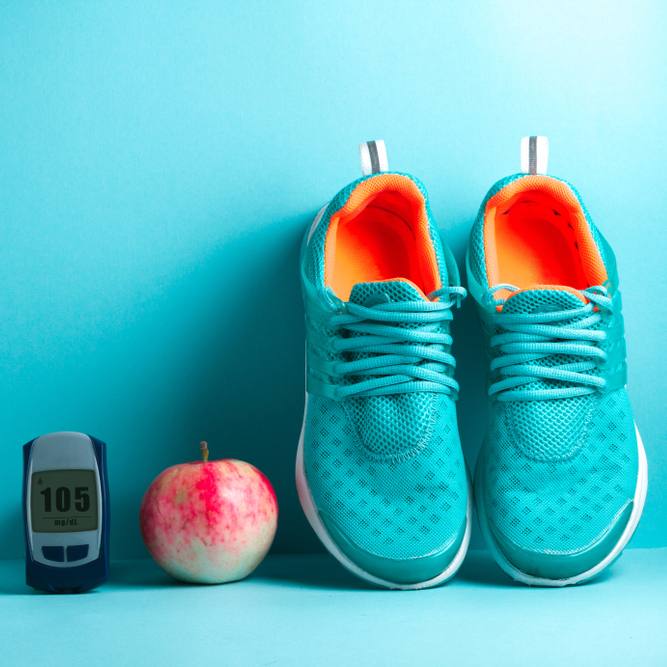-
High Blood Sugar May Cause Noticeable Symptoms
High Blood Sugar May Cause Noticeable Symptoms
December 7, 2012
Dear Mayo Clinic:
What are the most common symptoms of diabetes? Is it true that changes in my eyesight could mean I'm developing diabetes?
Answer:
People who have diabetes have too much sugar in their blood. Although you can't know your level of blood sugar without a blood test, high blood sugar may cause symptoms that are noticeable. The most common symptoms of diabetes are frequently feeling thirsty, urinating often, losing weight, feeling tired and having sores that heal slowly. Blurred vision or a change in eyesight also can be symptoms of diabetes.
People who develop diabetes have a problem with a hormone called insulin. Insulin is made in the pancreas — a gland located just behind the stomach. When you eat, the pancreas releases insulin into your bloodstream. The insulin allows sugar to enter your cells, lowering the amount of sugar in your blood. If you have diabetes, that process doesn't happen normally.
There are two kinds of diabetes. If you have type 1 diabetes, the pancreas does not make any insulin. If you have type 2 diabetes, the pancreas does not make enough insulin or your body cannot use insulin as well as it should. With both types, sugar cannot move into your cells. Instead, it builds up in your blood.
As blood sugar rises, it can cause a variety of problems in many areas of the body. Too much sugar in your bloodstream pulls fluid from your body's tissues. That can cause you to become thirsty more often than normal. As a result, you may drink and urinate more than usual.
Without enough insulin to move sugar into your cells, your muscles and organs don't have the energy they need. That can make you feel hungry and tired. But even though you eat more, you still may lose weight. That's because your body doesn't have enough of its normal energy source, sugar, so it turns to other fuels like muscle and fat. Diabetes can lead to nerve damage and poor blood circulation. These problems make it harder for your body to heal sores or wounds, particularly on your feet.
Changes in eyesight can happen as a result of diabetes, too. One reason for that is high levels of blood sugar can damage the tiny vessels that supply blood to your retina, the light-sensitive tissue at the back of your eye. This condition is called diabetic retinopathy. Eventually, diabetic retinopathy can result in vision loss. Vision changes also may happen because too much sugar is getting inside the lens of the eyeball, causing blurriness in your eyesight.
If you suspect you might have diabetes, it is important to see your doctor and have your blood sugar checked. All it takes is a simple blood test to see if your blood sugar levels are normal or if they are too high.
The American Diabetes Association recommends routine screening for type 2 diabetes beginning at age 45 for everyone, with or without symptoms. For people whose test results are normal, it is recommended the test be repeated every three years. If the results are borderline — meaning the blood sugar is higher than normal but not at the level of someone with diabetes — ask your doctor when to come back for another test.
Screening is recommended for people who are younger than 45 and overweight if they have other risk factors for heart disease or diabetes, such as a sedentary lifestyle, a family history of type 2 diabetes, a personal history of gestational diabetes or high blood pressure.
If left untreated, diabetes can cause many serious health problems. In addition to the ones already mentioned, the disease also can lead to kidney disease and cardiovascular problems like stroke and heart attack. But if it is caught early and blood sugar is well controlled with careful treatment and healthy lifestyle choices, many of the health complications associated with diabetes can be managed or prevented.
— Robert Rizza, M.D., Endocrinology, Mayo Clinic, Rochester, Minn.







